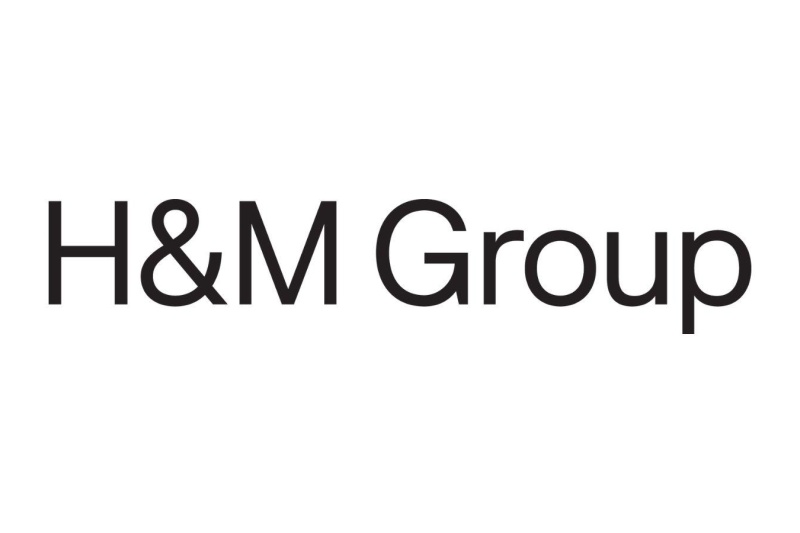
LAND TRANSPORT
Transport emissions account for a quarter of global CO2 emissions, and land transportation is responsible for around three quarters of these. Companies in this sector can set science-based targets using SBTi’s Land Transport Guidance. We are now developing a standard specifically for automotive companies.
Guidance for the land transport sector
Why take action?
Emissions from the transport sector have increased at the fastest rate of all end-use sectors, tied with industry. Therefore, it is critical for this sector to rapidly reduce emissions to help keep global temperature rise to 1.5°C.
Applying best practice in the land transport sector
The Land Transport Guidance sets out a compilation of SBTi’s current target-setting criteria and recommendations found across existing documents for land transport, and includes a new method for automakers to set 1.5°C emissions reduction targets.
Land transport companies, i.e. those dedicated to passenger and freight transport activities via road and rail, can set targets for their scopes 1 and 2 emissions using SBTi’s cross-sector methodologies and general criteria. Companies in any sector with large land transport emissions in their value chain can use the Sectoral Decarbonization Approach (SDA) Transport Tool to set scope 3 targets covering their subcontracted transport emissions. The SDA Transport Tool is a technical resource to model science-based targets for direct and indirect transport emissions. The tool is focused on land transportation for passenger and freight activities. It provides best practices for science-based target setting.
Companies are invited to familiarize themselves with the SBTi cross-sector resources, i.e. the Getting Started Guide for Science-Based Target Setting, followed by reviewing the requirements of target setting in the Corporate Near-Term Criteria for near-term targets or the Corporate Net-Zero Standard Criteria for net-zero targets. To understand these requirements in more depth, companies should then review the Procedure for Validation of SBTi Targets and use the Corporate Near-Term Tool and the Corporate Net-Zero Tool to begin developing targets, and use the Criteria Assessment Indicators (CAI) document to ensure its science-based targets are in line with the SBTi criteria, the Land Transport Guidance and the GHG Protocol Accounting Standards.
Target-setting tools for land transport
A revised version of the SDA Transport Tool is available to assist companies with modeling scope 3 targets only. This tool is not applicable for companies that own and/or control transport operations nor automakers setting scope 3 category 11 targets. These companies should use the Corporate Near-Term Tool.
Near-term targets can be calculated using the scope 3 tab in the SBTi Corporate Near-Term Tool, where well-to-wheel absolute emissions for the lifetime of the vehicles sold within the base year, across the entire vehicle portfolio, shall be entered. Long-term targets must also be set and can only be validated in accordance with the SBTi’s Corporate Net-Zero Standard Criteria using the Corporate Net-Zero Tool.
- Download the Corporate Near-Term Tool to model scope 1 and 2 targets
- Download the SDA Transport Tool to model scope 3 targets
- Download the SBTi Land Transport Guidance
About the project
In March 2024 the SBTi published an updated guidance for land transport vehicles, including a new method for automakers to set 1.5°C emissions reduction targets.
For the first time, this updated guidance aligns automakers’ largest source of emissions - scope 3 category 11 ‘use phase’ i.e. those from driving sold vehicles - with 1.5°C. It also includes a pledge for companies to work towards the phase out of new Internal Combustion Engine (ICE) cars and vans by 2035 in leading markets including but not limited to Europe, Asia Pacific, USA, Canada, UK, South Korea and Japan, and globally by 2040, or earlier per local regulations.
Now, as a next step, the initiative will evolve the relevant elements Land Transport Guidance into an Automotive Standard. The development process will include an in-depth review of the existing automotive section in the Land Transport Guidance, criteria and methodologies.
Resources
Background Resources
1.5°C Target-Setting Method for Automakers
With the publication of the updated Land Transport Guidance and new criteria for automakers, the SBTi is lifting the temporary pause on the validation of targets from automakers, enabling companies in this sector to set 1.5°C-aligned near- and long-term targets to cut scopes 1, 2 and 3 emissions, including category 11 ‘use of sold products’. The pause was implemented because of the lack of a pathway to align scope 3 category 11 emissions with 1.5°C, which has now been resolved. These emissions represent the largest share of automakers' emissions.
Automakers with commitments that expire up to six months from the release of the updated Land Transport Guidance must submit targets within those six months. Companies in this sector that have set targets thus far will remain compliant, but are encouraged to recalculate them to increase ambition.
Developing an Automotive Standard
The revised criteria for automakers is a minor update to the SBTi Transport Guidance released in 2018, intended to harmonize existing sector-specific guidance with the SBTi’s current criteria.
As a next step, the initiative will evolve the relevant elements of the Land Transport Guidance into an Automotive Standard.
To develop the new Automotive Standard, the SBTi will open a call for applications for representatives to join a new Expert Advisory Group. Stakeholders will also be invited to comment on drafts of the Automotive Standard in public consultations.
Contact
Latest News
View News


